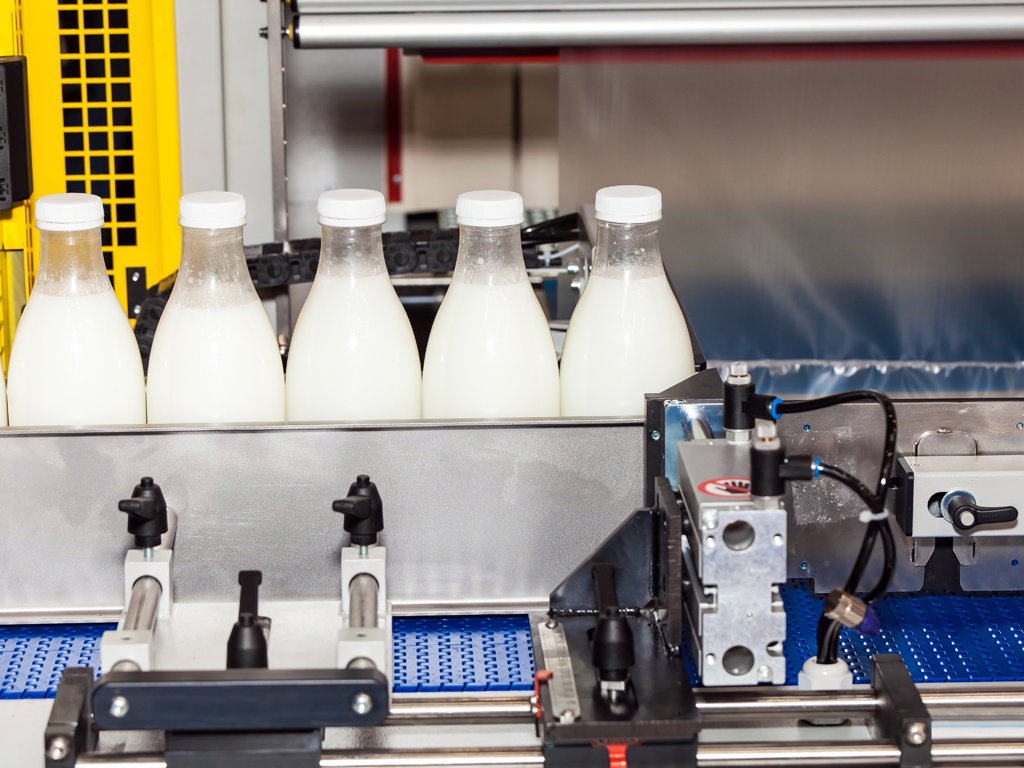Government once again allows level of aflatoxin in milk to be five times higher than EU standards

This year's drought, which benefits the development of mycotoxins in grains, primarily in corn, is another reason for such a decision, but that fact remains that there are other methods of protection.
The Democratic Party MP Goran Jesic, who was among the first ones to react in 2012 to the appearance of milk with a concentration of aflatoxin fungus higher than the then permitted 0.05 micrograms per liter, claims in his interview for Danas that the state has not taken the measures it should have, considering that the local area is susceptible to the appearance of the toxic fungus, which cannot be avoided in the process of production and storage.
– Given that this is that kind of an area and that the fungus appears in years of drought, they only needed to use the supplies of last year's healthy crops, when the corn was of remarkable quality. This is a chemical process, and, when the concentration of the fungus in affected corn is determined, it is mixed with a percentage of healthy corn in order to bring the overall presence of toxins to an acceptable level. It is, however, debatable whether the amounts cited in papers truly exist or the supplies have been stolen – Jesic says.
Producers, however, claim that not even the concentration of 0.5 micrograms per liter of milk (ten times higher than the European standard and double that of the current regulation in Serbia) can cause health problems, as confirmed by toxicology studies of the Military-Medical Academy. Furthermore, the said concentration is acceptable in three quarters of the countries of the world, whereas the EU member-states are among the rare countries requiring lower amounts and setting the limit at 0.05 micrograms. If the standard were applied to Serbian producers, most farms would not be able to secure sufficient amounts of food based on corn meeting the European standards, leading to a serious crisis in both the livestock population and the milk industry. On the other hand, the appearance of aflatoxins considerably reduced Serbian exports five years ago, and the damage suffered by local producers due to the fact that Serbian products had failed to appear in the markets of Europe and Russia amounted to up to EUR 150 million.
For this reason, the regulations related to milk production in Serbia have been changing in the past few years. When the aflatoxin scandal was made public, the “solution” was to change the regulation in late February 2013 and bring the limit up from 0.05 to 0.5. Consumers did not exactly react well to this and dairies recorded losses in the local market as well. In early July 2014, the limit was brought down to the European standard of 0.05, but a compromise was found only 15 days later, when the regulation changed again to limit the level of aflatoxin to 0.25, five times higher than in EU and half that of the level allowed in the remainder of the international market. There was another attempt to bring the level back to 0.05 in January 2015, but the measure lasted for about ten months before the allowed concentration of 0.25 micrograms was reinstalled.
 Ministarstvo poljoprivrede, šumarstva i vodoprivrede Republike Srbije
Ministarstvo poljoprivrede, šumarstva i vodoprivrede Republike Srbije
 Vojnomedicinska akademija- VMA Beograd
Vojnomedicinska akademija- VMA Beograd
Most Important News
06.04.2024. | Agriculture
Preconditions for Placement of Fresh Blueberries and Dried Plums in Chinese Market Secured

16.04.2024. | News
Jovan Ciric, Leasing Director Retail MPC Properties – MPC Echo symbolizes our desire for good ideas and innovative endeavors to spread freely and bring about positive changes

16.04.2024. | News
10.04.2024. | Finance, IT, Telecommunications, Tourism, Sports, Culture
Creative Industry – What This Serbian Economy Sector Worth EUR 2 Billion Encompasses

10.04.2024. | Finance, IT, Telecommunications, Tourism, Sports, Culture
26.04.2024. | Construction
CLS: Where is the Ada Huja bridge project?

26.04.2024. | Construction
16.04.2024. | News
Economy Fair in Mostar opens – 26 companies from Serbia exhibiting

16.04.2024. | News
25.04.2024. | Construction, Transport
Railroad from Novi Sad to Subotica connected – Regular traffic at year’s end

25.04.2024. | Construction, Transport


 Izdanje Srbija
Izdanje Srbija Serbische Ausgabe
Serbische Ausgabe Izdanje BiH
Izdanje BiH Izdanje Crna Gora
Izdanje Crna Gora


 News
News







